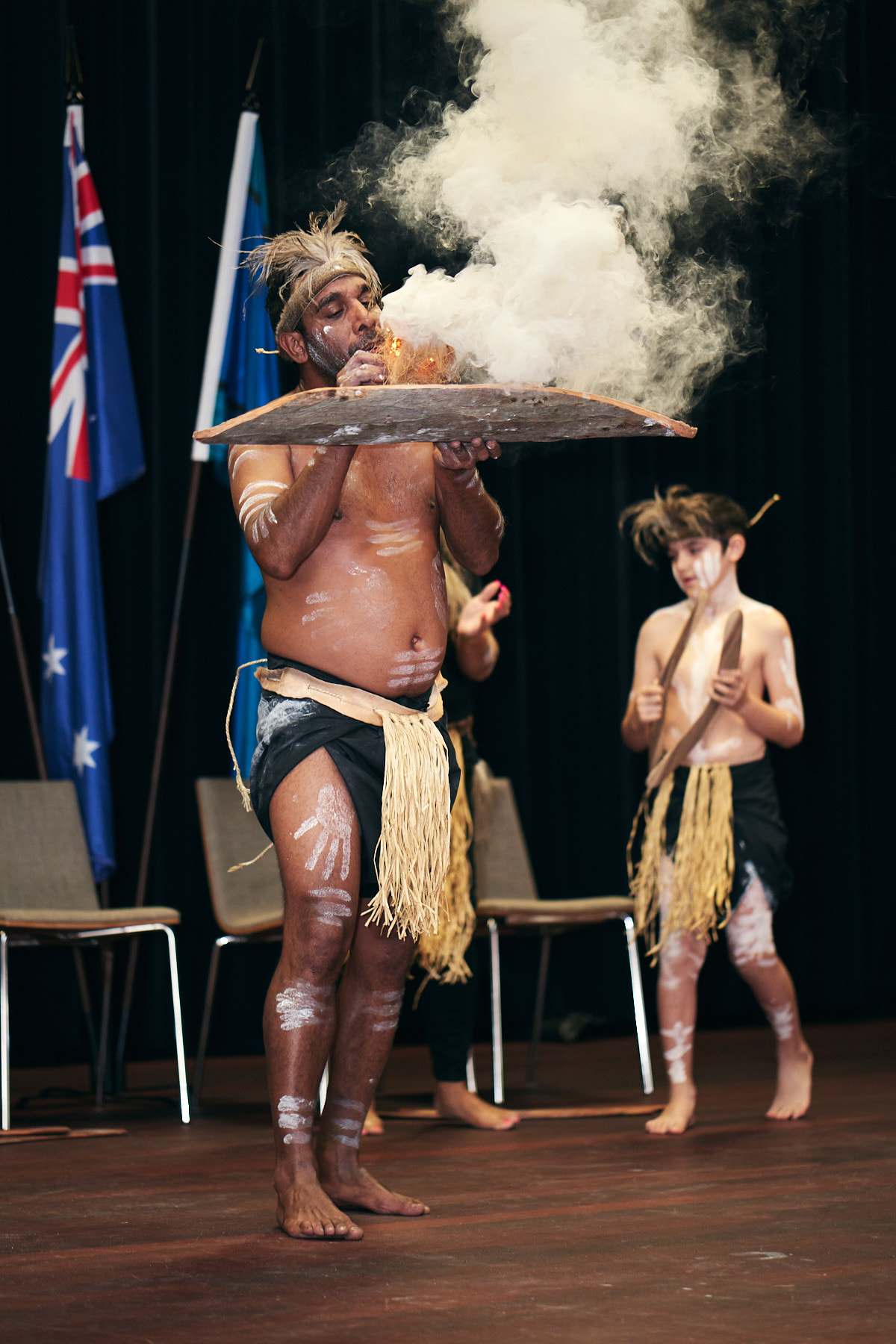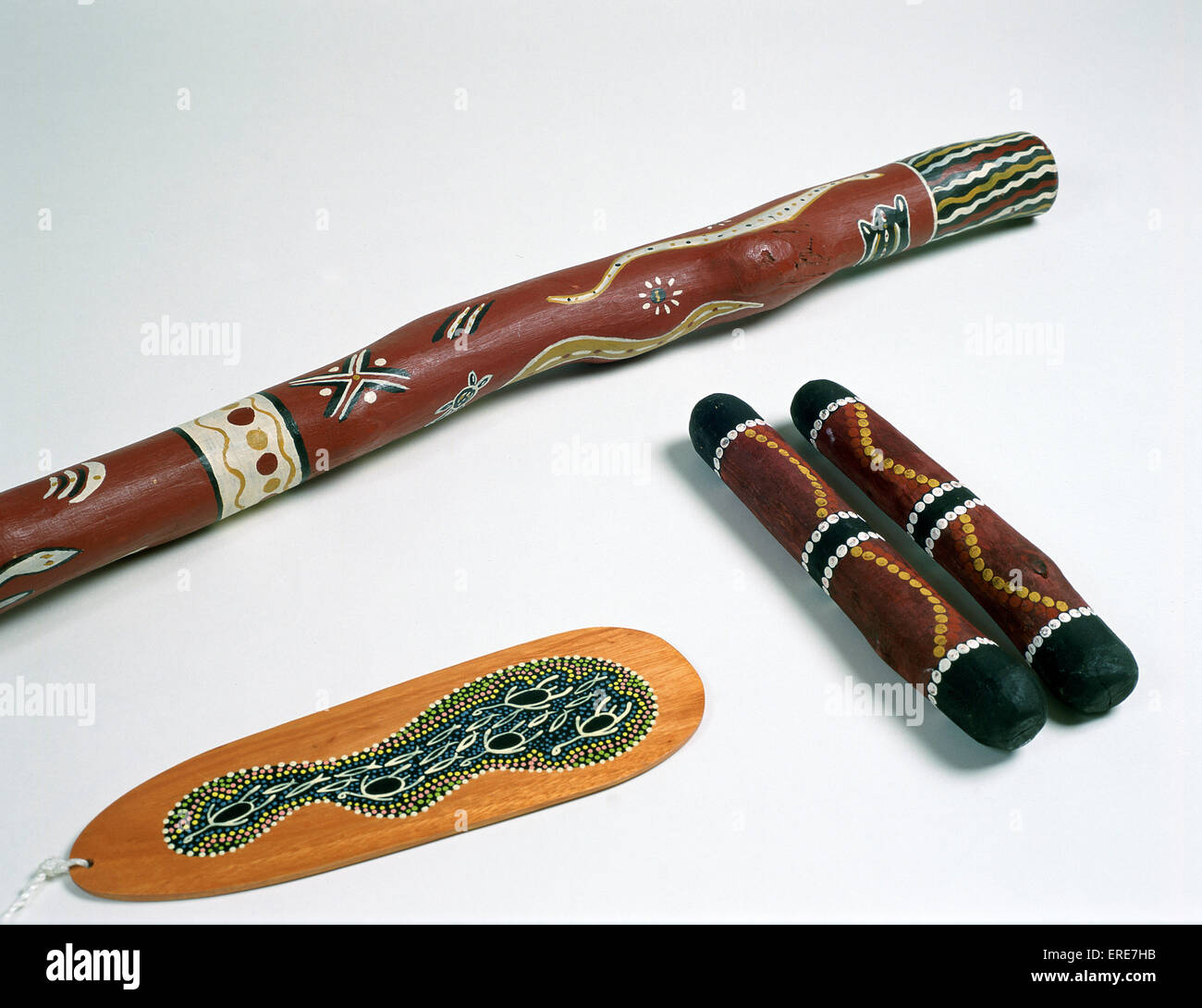Deep in the heart of Australia's Northern Territory lies a world where the ancient meets the modern. The didgeridoo, often called the "didje" by locals, isn't just a musical instrument—it's a cultural beacon, a storyteller of the past, and a symbol of identity for the Aboriginal people. Originating from the tropical wilderness of Arnhem Land, this wind instrument has captured the imagination of people worldwide. Its deep, resonant sound echoes through time, carrying with it the traditions and stories of Australia's first peoples.
For those unfamiliar, the didgeridoo is more than just a long wooden tube. It's a vessel of history, spirituality, and connection. The instrument's origins trace back thousands of years, with some suggesting its use dates as far back as 40,000 years. However, the oldest confirmed records depict Aboriginal people playing the didgeridoo around 1,500 years ago, as seen in cave paintings within Kakadu National Park. These artworks are not just records of music but also of life, culture, and the natural world.
Today, the didgeridoo has found its place both in traditional ceremonies and global music scenes. Its sound, a deep and continuous drone, is achieved through a technique called circular breathing. This unique method allows musicians to maintain a constant flow of air, creating an uninterrupted sound that resonates with listeners. Yet, the didgeridoo's significance extends beyond its sound—it’s a bridge connecting generations and cultures, a living testament to the resilience and richness of Aboriginal heritage.
What Makes Didgeridoo Country So Special?
Didgeridoo country, primarily located in the Northern Territory, is a land rich in cultural significance. This vast region, with its diverse landscapes and vibrant communities, holds the secrets of one of the world's oldest musical traditions. In some respects, the didgeridoo is more than just an instrument here; it's a way of life. The Yolgnu people of Arnhem Land, who are among the most famous custodians of the didgeridoo, use it in ceremonies, storytelling, and daily life. They refer to it as yiḏaki or mandapul, reflecting its deep integration into their culture.
Why Is the Didgeridoo Such a Unique Instrument?
The didgeridoo stands out due to its distinct sound and the way it's played. Unlike other wind instruments, the didgeridoo relies on circular breathing, a technique where the player continuously breathes in through the nose while pushing air out of the mouth using stored air in the cheeks. This creates a continuous drone, which is rather unique. The instrument itself is typically made from eucalyptus trees hollowed out by termites. Once the tree is felled, the wood is shaped and finished, often adorned with traditional art that tells stories of the region and its people.
How Did the Didgeridoo Reach Global Recognition?
Interestingly, the didgeridoo's journey to global fame wasn't always straightforward. While it has always held a revered place in Aboriginal culture, it wasn't until the late 20th century that it began to gain wider recognition. In the 1990s, Germany saw a surge in didgeridoo popularity, with festivals celebrating the instrument. Although the scene has calmed since then, key figures like Marc Miethe, Frank Heinkel, and Tom Fronza continue to promote the didgeridoo globally. Their efforts help keep the instrument's spirit alive, connecting people across continents through its hauntingly beautiful sound.
- White Big Booty Chicks
- New Buffalo Casino
- Chicago Bulls Logo Upside Down
- Lloyd Dumb And Dumber
- Book Binding Machine
Where Does the Didgeridoo Get Its Name?
The term "didgeridoo" is thought to be an onomatopoeic word, mimicking the sound the instrument makes. In different regions, the didgeridoo might be known by other names, such as yidaki or mago. Interestingly, the longest didgeridoo ever made stretched over 10 feet, highlighting the instrument's versatility in size. The word itself, though widely used today, reflects how the sound resonates with listeners, creating a bond between the music and its audience.
What Does Didgeridoo Country Look Like?
Didgeridoo country is a breathtaking blend of rugged terrain and lush wilderness. The tropical climate of Arnhem Land, with its monsoon seasons and dry spells, shapes the land and its people. It's a place where the didgeridoo's sound can be heard echoing through the forests, blending seamlessly with the natural environment. The region's beauty is matched only by its cultural richness, where traditions are passed down through generations, keeping the spirit of the didgeridoo alive.
Can Anyone Learn to Play the Didgeridoo?
Well, the didgeridoo might seem intimidating at first, but with a bit of practice, most people can learn to play. Circular breathing is the trickiest part, but once mastered, it opens up a whole new world of musical expression. There are plenty of resources available, from online tutorials to workshops, that can guide beginners. The key is patience and persistence. After all, even the most skilled musicians had to start somewhere.
What Materials Are Used to Make a Didgeridoo?
Traditionally, didgeridoos are crafted from eucalyptus trees hollowed out by termites. The process involves felling the tree, removing the bark, and shaping the wood into the desired form. Sometimes, the instrument is finished with an oil coating and decorated with intricate designs that tell stories of the region. Modern makers might experiment with different materials, but the essence of the didgeridoo remains tied to its natural origins.
How Does the Didgeridoo Connect People?
One of the most fascinating aspects of the didgeridoo is its ability to connect people across cultures and continents. Its sound has a way of drawing listeners in, creating a shared experience that transcends language and borders. Whether it's in a traditional ceremony or a modern concert, the didgeridoo brings people together, fostering a sense of unity and understanding. This is perhaps why it continues to captivate audiences worldwide, proving that music truly is a universal language.
So, in a way, the didgeridoo isn't just an instrument—it's a bridge. It connects the past with the present, tradition with innovation, and people with their surroundings. Its deep, resonant sound echoes through time, reminding us of the rich cultural heritage that shapes our world. And in didgeridoo country, this connection is felt more strongly than ever.
Final Thoughts on Didgeridoo Country
Didgeridoo country is more than just a geographical location; it's a cultural landscape where history, tradition, and music intertwine. From its origins in Arnhem Land to its global recognition, the didgeridoo has proven to be a powerful symbol of Aboriginal culture. Its unique sound, created through the art of circular breathing, continues to captivate audiences worldwide. Whether you're a seasoned musician or a curious listener, the didgeridoo offers a glimpse into a world rich with stories, traditions, and the beauty of nature. In the end, it's not just about the music—it's about the connection it fosters, the stories it tells, and the legacy it leaves behind.
Table of Contents
- What Makes Didgeridoo Country So Special?
- Why Is the Didgeridoo Such a Unique Instrument?
- How Did the Didgeridoo Reach Global Recognition?
- Where Does the Didgeridoo Get Its Name?
- What Does Didgeridoo Country Look Like?
- Can Anyone Learn to Play the Didgeridoo?
- What Materials Are Used to Make a Didgeridoo?
- How Does the Didgeridoo Connect People?



Detail Author:
- Name : Prof. Domenick Senger
- Username : kristin09
- Email : marcus.macejkovic@yahoo.com
- Birthdate : 1994-04-17
- Address : 51944 Lesch Mill Apt. 981 Port Kamille, AL 93093
- Phone : 1-603-245-4707
- Company : Rosenbaum Ltd
- Job : Mechanical Engineer
- Bio : Ad sit dolore est nihil ut numquam nam facilis. Commodi veritatis in iste soluta eius laudantium illo. Cupiditate beatae nemo qui voluptas assumenda voluptatem.
Socials
twitter:
- url : https://twitter.com/glenferry
- username : glenferry
- bio : Temporibus eos aut ullam id adipisci sed omnis. Tempora dolores eos rem autem. Velit accusamus error qui. Sit ut nulla dolorem laborum.
- followers : 2754
- following : 821
tiktok:
- url : https://tiktok.com/@glen_ferry
- username : glen_ferry
- bio : Voluptates corporis illum accusantium laborum est.
- followers : 3953
- following : 2993
instagram:
- url : https://instagram.com/glen_ferry
- username : glen_ferry
- bio : Aut et omnis cumque asperiores enim. Sint sit suscipit unde exercitationem rerum.
- followers : 1971
- following : 1290
facebook:
- url : https://facebook.com/glenferry
- username : glenferry
- bio : Et nobis vero possimus provident sit culpa ea.
- followers : 6717
- following : 1625